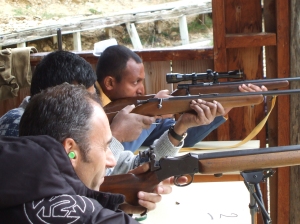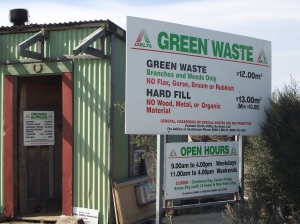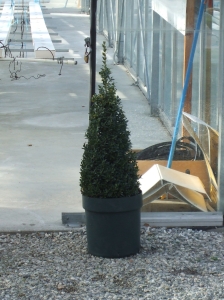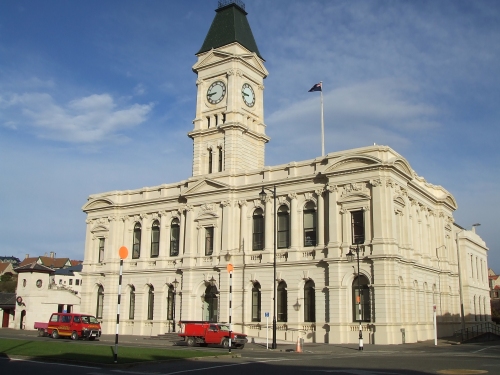Friday, 20th November : Last day… Going out….
We are here for Morning Tea at 10:00. A memorable occasion with this campus and our teachers… Lots of memories…
Thursday, 19th November : Cleanup Nursery….
Last working day…… As announced before, Alex and Jo sit with us to review the course. They prepared well and asked about each and every topics we studied this year. What changes we need to improve the way of teaching, importance of the topics, theory and practical balance and any new things or points to be added or removed… and all…. Some good suggestions came out.. they noted down all and assured that make them come enforced. Later we went nursery – propagation place for do some final works.. Repotted some Hebe plants. Shifted some plants from shade house to retails. One group was working with Trevor in the Hydroponics to clean and tidy the station. We have finished the day before 3:00. Everybody disappeared soon. I am feeling sad to leave this campus now… It was a great place for last 10 months and tomorrow onwards, we are going to fail to spot in this place.
Wednesday, 18th November : Practical Exam
Exam….., Practical Exam….. I utilized this morning to sleep up to 8:00. Timing for my exam was at 11:45. I had freedom to sleep because I have successfully completed all my assignments. Tension free. Who care about practical exam. It is just a fun. I don’t bother all these. I went to Bannockburn campus before time. I got some fertilisation work.. I done fertilising for Grafted Cherries and Apples. Beside these I fertilised Raspberries, Roses and all other front and backside garden. Later on when my turn came, I attend the practical exams. Subjects are like Tractor, ATV, Irrigation, Grafting, Weeds, Propagation, Tools and Weather. It was beyond my expectations and I understood the importance of them. But I am not worried about my level of confidence. I don’t expect to become a best practical student. Later I came back to the town centre and updated my blogs.
Tuesday, 17th November : A day for complete all the tasks
I wake up at 5:30, got ready and went to Bannockburn campus at 7:00 AM. Collected more information and pictures for the Enterprises Report and reached the town campus on time. I got engaged in completing my report. Today was the last day and I decided to submit that before 5:00 PM. There was a ‘Programme evaluation by Alex, Jo and Trevor. They were looking suggestions for improve provision for coming batches of international students. It was an hour programme and later I was engaged in completing my Enterprises Report. Thanks GOD. At last I submitted at sharp 5:00 PM.
Monday, 16th November: Birds Control, Cricket and BBQ
Countdown started…… We are at Bannockburn campus. Last topic of this course. One of the important tasks at the Vineyard / Orchard. Bird Control. There are many ways to control birds. During the fruit season, all the birds will get attract and they damage all fruits. If conditions are in favour for them, they come as big groups and can finish the whole crops with in few days. Ancient methods like sending dongs, produce some sounds and make them scary, provide some lights, light reflecting materials in various places of the blocks and all gone. Shooting can help to reduce their numbers. Beside these, the modern technology like cover all the blocks by nets, install electronic agitator, use gas guns are also common now. But all these control methods have its disadvantages also. Gas guns is an automatic device produce terrible blast noise and birds become scary and fly away. It has a controller operated by DC and we can do the necessary programmes like, blast timings, days and pattern and frequency of the blast etc. But noise from these guns can become disturbance for neighbours. Shooting birds have also disadvantages. If the blocks are close to residential areas, pallets from the shooting become harmful form people. Pallets can damage fruits also. Netting is one of the best solution for overcome all these problems. But some minor disadvantages like temperature inside the nets, damage by rabbits and other animals, annual maintain cots etc. Netting can cost around $35,000 per hectare. This can be the safest way for next 15 years. On an average $2500 per hectare @ annum. Quite cheap and safest way. All other methods are more or less expensive and success rate is less. Birds will get attract and damage mainly only on fruits like cherry and grapes. All other fruits will be harvested when they get mature. So most damages by birds are happens only on Vineyards and Cherry orchards.
After the morning tea, we had a friendly cricket match India 11 VS NZ 11. Staff + kiwi student from horticulture and stone masonry was in the NZ team. NZ11 won the match by two runs.
After the match, there was a BBQ lunch organised by Student Association. Jo and Katherin were on board and lunch was ready when we arrived. Everybody together enjoyed the lunch.
After the lunch I was engaged in completing the last assignment, ‘Enterprises Report’.
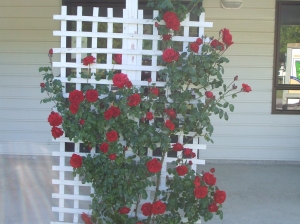


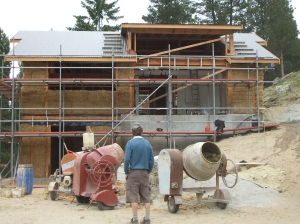



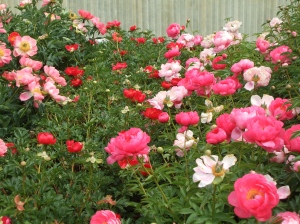


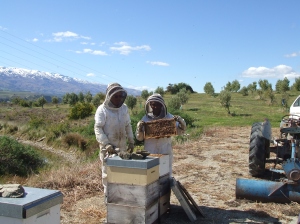
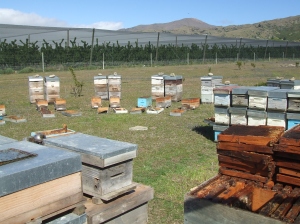
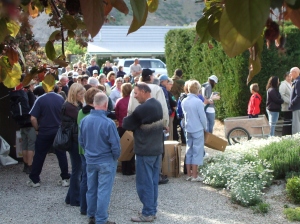
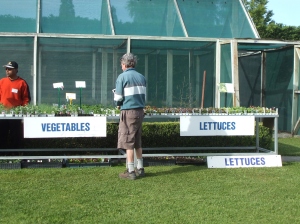
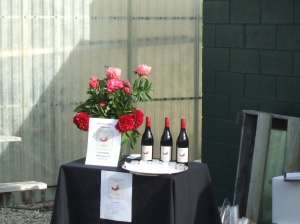
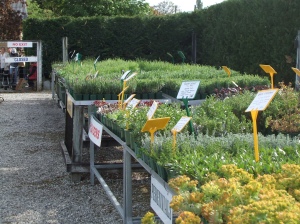




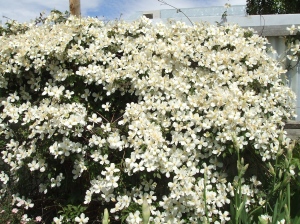


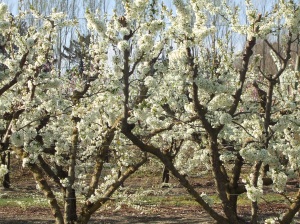 Last class for compost making theory and practical. On the way, I have got a lift by Sreekumar. Some more Cars added for these people. Roger arrived with soil assignments and distributed that. Somehow I have managed to pass all. I think that Roger was thinking in mind that, I can not understand more than that of what I have written in the assignments and giving more chance for correction will not work.
Last class for compost making theory and practical. On the way, I have got a lift by Sreekumar. Some more Cars added for these people. Roger arrived with soil assignments and distributed that. Somehow I have managed to pass all. I think that Roger was thinking in mind that, I can not understand more than that of what I have written in the assignments and giving more chance for correction will not work.